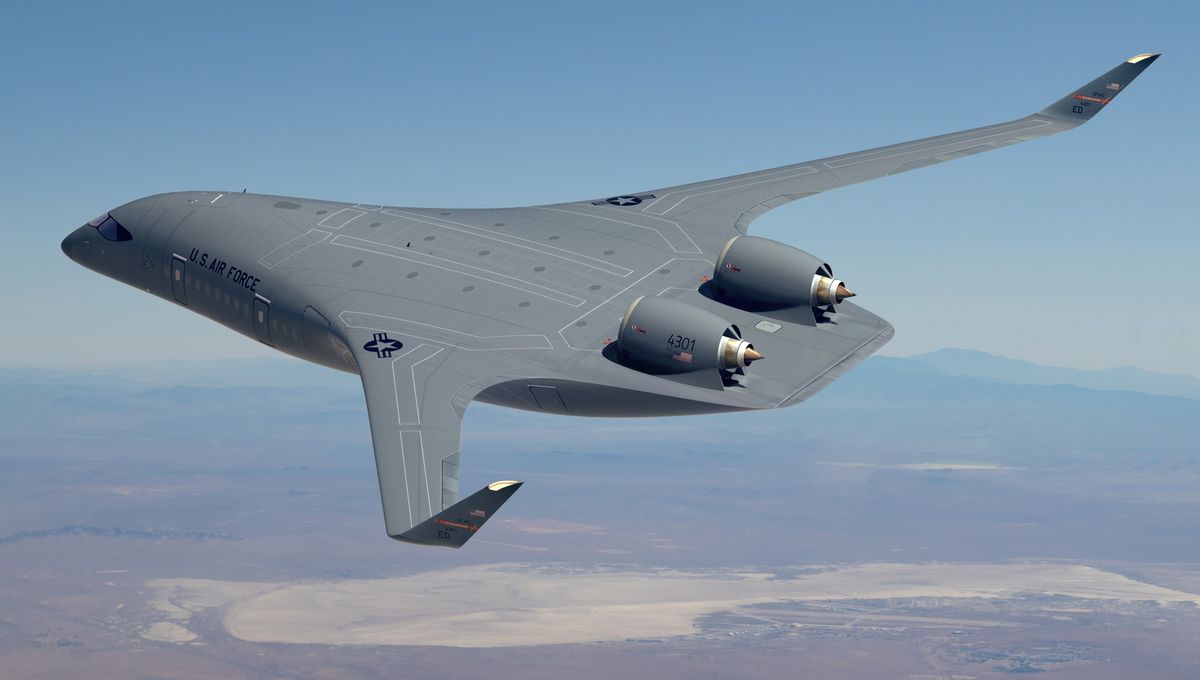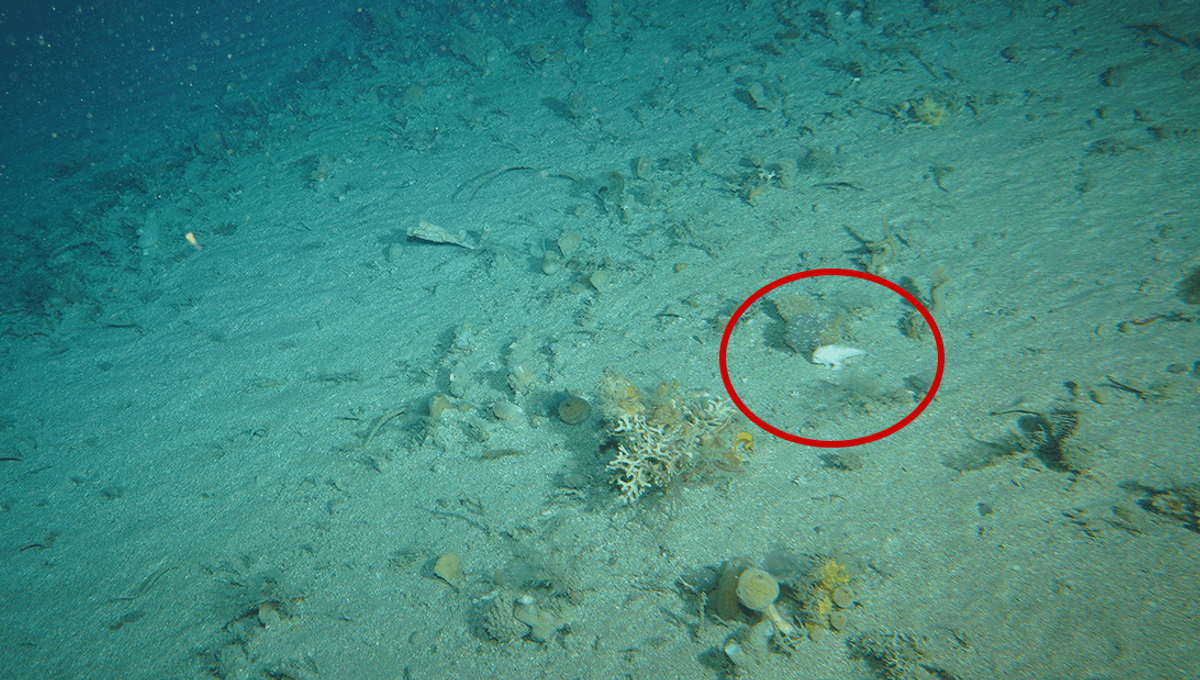Get ready for a seriously futuristic-looking aircraft! But believe it or not, the idea of reimagining airplane design has been around since the 1920s, thanks to the research of Russian aerodynamicist Nicolas Woyevodsky. His experiments inspired British manufacturer Westland to create the Westland Dreadnought, an early prototype that unfortunately ended in catastrophe during its maiden test flight.
Despite these setbacks, the concept was revisited in the 1990s when NASA collaborated with McDonnell Douglas Corporation (now part of Boeing) on flight tests of the X-48 model BWB aircraft. Now, thanks to advancements in aeronautical engineering, design, and manufacture, large-scale production of BWB planes is within reach.
The US Air Force is particularly interested in this technology and its potential benefits. Secretary of the Air Force Frank Kendall stated, “Blended wing body aircraft have the potential to significantly reduce fuel demand and increase global reach. Moving forces and cargo quickly, efficiently, and over long distances is a critical capability to enable national security strategy.”
In fact, the Air Force estimates that around 60 percent of its current annual jet fuel consumption is due to large-scale transport operations. By blending the body of the aircraft into its high-aspect-ratio wings, BWB designs offer increased range, efficiency, and decreased drag by at least 30 percent compared to existing airplanes.
But it’s not just about performance; these aircraft are also greener. JetZero, for example, claims that its Z-5 aircraft could halve fuel burn and carbon emissions compared to conventional aircraft. The recently released concept art for the Z-5 shows a design similar to other fixed-wing craft like Northrop Grumman’s B-2 Spirit stealth bomber, but with a fuselage that seamlessly blends into its wings.
It’s not just the military that stands to benefit from this technology. The commercial sector could also see gains with more BWB passenger and freight aircraft, offering increased cabin and cargo space and decreased operational costs.
Excitingly, initial flight testing of the new JetZero craft could be completed as early as 2027. So, it won’t be long before we witness these futuristic designs taking to the skies!








